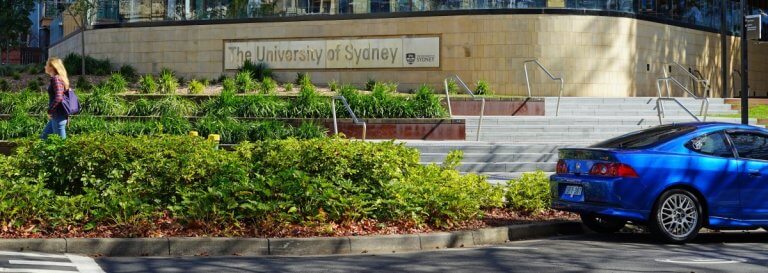
Student visa applications by international students to Australian higher education institutions are on the rise again, according to the latest visa application data available.
The Chinese market, in particular, recorded strong growth in interest based on applications filed in April – Visa requests from Chinese applicants increased by 22 percent, in which there was a 14 percent rise in applications for university study, Times Higher Education reported. For vocational education, interest from Chinese applicants more than doubled.
The overall upward trend – up 20 percent from last year – bucks the pattern seen in the last two months, where Australia recorded an unchanged number of visa requests in February and March from last year.
However, Dean Forbes, a former deputy vice-chancellor now working with the private higher education sector, cautions against taking these figures as proof of even growth throughout the sector.
https://twitter.com/jc_mittelstadt/status/1000981628519362560
Although the Chinese market has shown “steady progress” in terms of enrolment over the past few years, Flinders said anecdotal reports are suggesting that at some metropolitan institutions, enrolments have “fallen off a cliff”.
There are several reasons we can point to as possible explanations for this. Firstly, there has been heightened diplomatic tension between Australia and China last year.
Chinese-born Australian billionaire Dr Chau Chak Wing was recently alleged to have played a role in the bribery of John Ashe, a former president of the UN General Assembly. THE notes this led to protests in China and for the University of Sydney to return an AU$15 million (US$11.3 million) donation from Dr Chau for a museum and study centre at its front gates.
Secondly, observers also allege the Chinese Communist Party was stifling free speech in Australian universities, after several high-profile cases of Chinese students pressuring academics to modify material to align with China’s foreign policy throughout last year.
In Canberra and Melbourne, several Chinese students were reported to have been “insulted and attacked” late last year. In a rare move, this prompted the Chinese government to issue safety warnings to their citizens studying Down Under.
But the new visa application figures seem to show that despite these incidents, Chinese interest in Australian universities is not waning. As THE notes, there is a near-record level of 97 percent “grant rate” for visas issued to Chinese applicants.
While bilateral tensions between both countries may have strained lately, they seem to be insufficient in stemming wealthy Chinese families from seeking a life or education abroad, especially in countries like Australia.

Many Chinese, rich or poor, seek a new life abroad. Source: Marcus Clark on Unsplash
The relative ease of getting a job in Australia post-graduation and then to permanent residency is touted as a major draw to Chinese students.
However, to acquire permanent residency in Australia, applicants have to score a certain threshold in the points-based application system. Having jobs in accountancy and information, for example, allows PR applicants to score highly in the system.
For such subjects, The Economist notes that the proportion of Chinese students enroled is often much larger than subjects that do not score as highly. Data also shows there has been a 17 percent increase in the number of Chinese students in Australia last year.
Quality of education, less competition for admission compared to China’s top universities and ease of entering the Australian job market continue to be the top reasons why Australia remains a firm favourite of international students, especially those coming from the Middle Kingdom.
And it looks likely to stay the course at least for now, even as Sino-Australian relations continue to deteriorate.
Liked this? Then you’ll love these…
Everything you need to know about scholarships and funding in Australia







